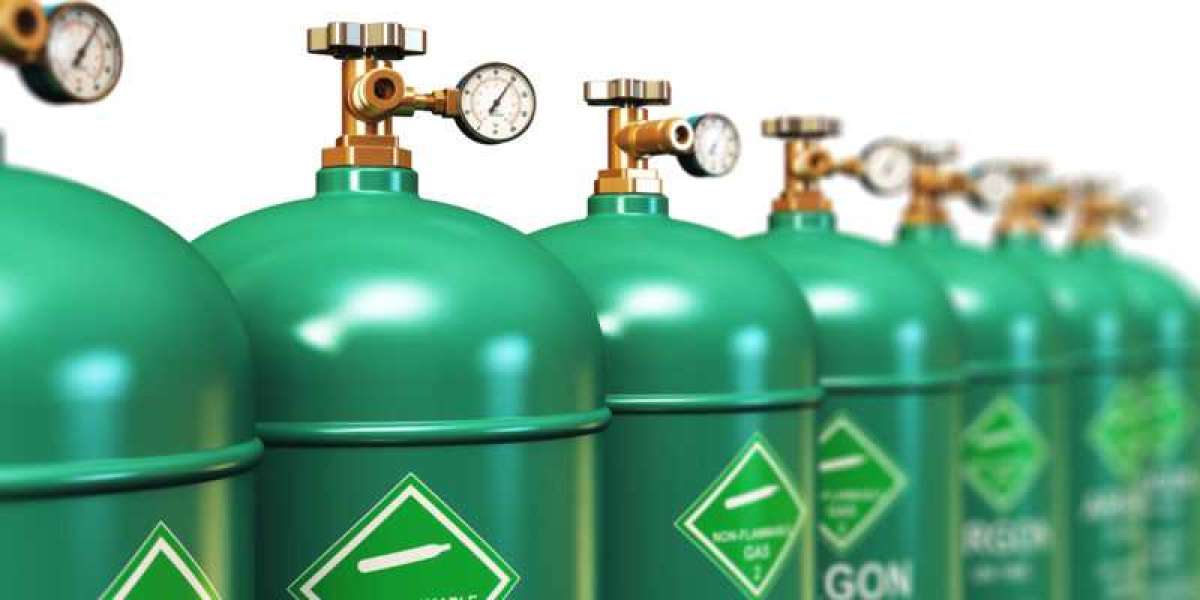In the realm of industrial safety, understanding and managing the risks associated with nitrogen gas is crucial. The NEBOSH IGC framework offers a comprehensive approach to developing effective safety protocols. The NEBOSH IGC, or International General Certificate in Occupational Health and Safety, is renowned for equipping professionals with the necessary skills to handle such hazards. This article explores how the NEBOSH IGC framework can be applied to develop robust nitrogen gas safety protocols.
For those seeking to enhance their expertise in safety management, the NEBOSH IGC course provides invaluable training. It encompasses various aspects of safety management, including the handling of hazardous materials like nitrogen gas. This course prepares professionals to implement safety measures that comply with global standards and mitigate potential risks associated with nitrogen gas.
Understanding Nitrogen Gas and Its Hazards
What is Nitrogen Gas?
Nitrogen gas (N₂) is an inert, colorless, and odorless gas that constitutes approximately 78% of the Earth's atmosphere. While it is widely used in various industrial processes, it can pose significant safety risks if not handled properly. Nitrogen gas is primarily used for inerting, cooling, and pressurizing processes, making it essential in numerous industries such as chemical manufacturing, food processing, and aerospace.
Potential Hazards of Nitrogen Gas
- Asphyxiation Risk: Nitrogen displaces oxygen in confined spaces, leading to a risk of asphyxiation. This is particularly dangerous in areas with limited ventilation.
- Pressure Hazards: Nitrogen is often stored under high pressure, which can pose explosion or leakage risks if containment systems fail.
- Cryogenic Burns: When liquid nitrogen evaporates, it can cause severe burns due to its extremely low temperatures.
The NEBOSH IGC Framework and Its Relevance
Overview of NEBOSH IGC
The NEBOSH IGC framework is designed to provide a broad understanding of occupational health and safety principles. It includes the identification and management of workplace hazards, ensuring compliance with legal requirements, and implementing effective safety protocols. The framework's relevance to nitrogen gas safety lies in its comprehensive approach to risk assessment and control measures.
Key Components of the NEBOSH IGC Framework
- Risk Assessment: Identifying potential hazards related to nitrogen gas and assessing their impact on health and safety.
- Control Measures: Implementing engineering controls, administrative controls, and personal protective equipment to mitigate identified risks.
- Emergency Procedures: Developing and training staff on emergency response plans for nitrogen gas-related incidents.
Developing Nitrogen Gas Safety Protocols Using NEBOSH IGC
Risk Assessment and Identification
The first step in developing nitrogen gas safety protocols is conducting a thorough risk assessment. This involves:
- Hazard Identification: Recognizing all possible sources of nitrogen gas exposure, such as storage tanks, pipelines, and equipment.
- Risk Evaluation: Assessing the likelihood and potential consequences of nitrogen gas incidents, including leaks, pressure failures, and asphyxiation risks.
- Risk Control: Applying the NEBOSH IGC principles to establish controls that prevent or minimize the impact of these risks.
Implementing Control Measures
Once risks are identified, the next step is to implement control measures. The NEBOSH IGC course emphasizes the following strategies:
- Engineering Controls: This includes installing adequate ventilation systems, pressure relief valves, and automatic shut-off mechanisms to manage nitrogen gas safely.
- Administrative Controls: Developing comprehensive safety procedures, including safe work practices, regular inspections, and maintenance schedules.
- Personal Protective Equipment (PPE): Providing appropriate PPE such as oxygen masks and protective clothing to workers handling nitrogen gas.
Training and Awareness
Training is a crucial component of the NEBOSH IGC framework. The NEBOSH IGC course covers the importance of training employees to understand and manage nitrogen gas hazards effectively. Training programs should include:
- Hazard Awareness: Educating employees about the properties and risks associated with nitrogen gas.
- Emergency Response: Training staff on how to respond to nitrogen gas leaks or exposure incidents.
- Safe Handling Practices: Ensuring employees are familiar with procedures for safely handling and storing nitrogen gas.
Emergency Response and Procedures
Developing an effective emergency response plan is vital for managing nitrogen gas-related incidents. The NEBOSH IGC framework provides guidelines for creating robust emergency procedures, which include:
- Emergency Protocols: Establishing clear procedures for evacuating affected areas, shutting down systems, and notifying emergency services.
- First Aid Measures: Training employees in first aid responses for nitrogen gas exposure, including administering oxygen and managing burns.
- Incident Reporting: Implementing a system for reporting and investigating nitrogen gas-related incidents to prevent future occurrences.
Case Studies and Practical Applications
Industry Examples
- Chemical Manufacturing: In a chemical manufacturing plant, the NEBOSH IGC framework was used to develop comprehensive nitrogen gas safety protocols. This included installing advanced ventilation systems and conducting regular risk assessments, which significantly reduced the incidence of nitrogen-related incidents.
- Food Processing: In a food processing facility, the NEBOSH IGC course helped in designing effective nitrogen gas safety measures, including proper storage practices and employee training programs. As a result, the facility experienced a notable improvement in safety standards.
Lessons Learned
- Continuous Improvement: Regularly reviewing and updating safety protocols based on incident reports and technological advancements is essential for maintaining high safety standards.
- Employee Involvement: Engaging employees in safety programs and encouraging feedback can enhance the effectiveness of nitrogen gas safety protocols in NEBOSH IGC course.
Conclusion
Developing nitrogen gas safety protocols is essential for safeguarding health and safety in industries where nitrogen gas is used. The NEBOSH IGC framework provides a structured approach to identifying risks, implementing control measures, and training employees. By leveraging the NEBOSH IGC course, organizations can ensure they are equipped with the knowledge and skills needed to manage nitrogen gas hazards effectively.
For professionals seeking to enhance their understanding of safety management, the NEBOSH IGC course offers a comprehensive curriculum that covers critical aspects of handling hazardous materials like nitrogen gas. Embracing the principles outlined in the NEBOSH IGC framework will help organizations create a safer working environment and prevent potential incidents related to nitrogen gas.
By integrating the NEBOSH IGC framework into safety protocols, businesses can achieve a higher standard of safety and compliance, ultimately protecting both employees and operations.








